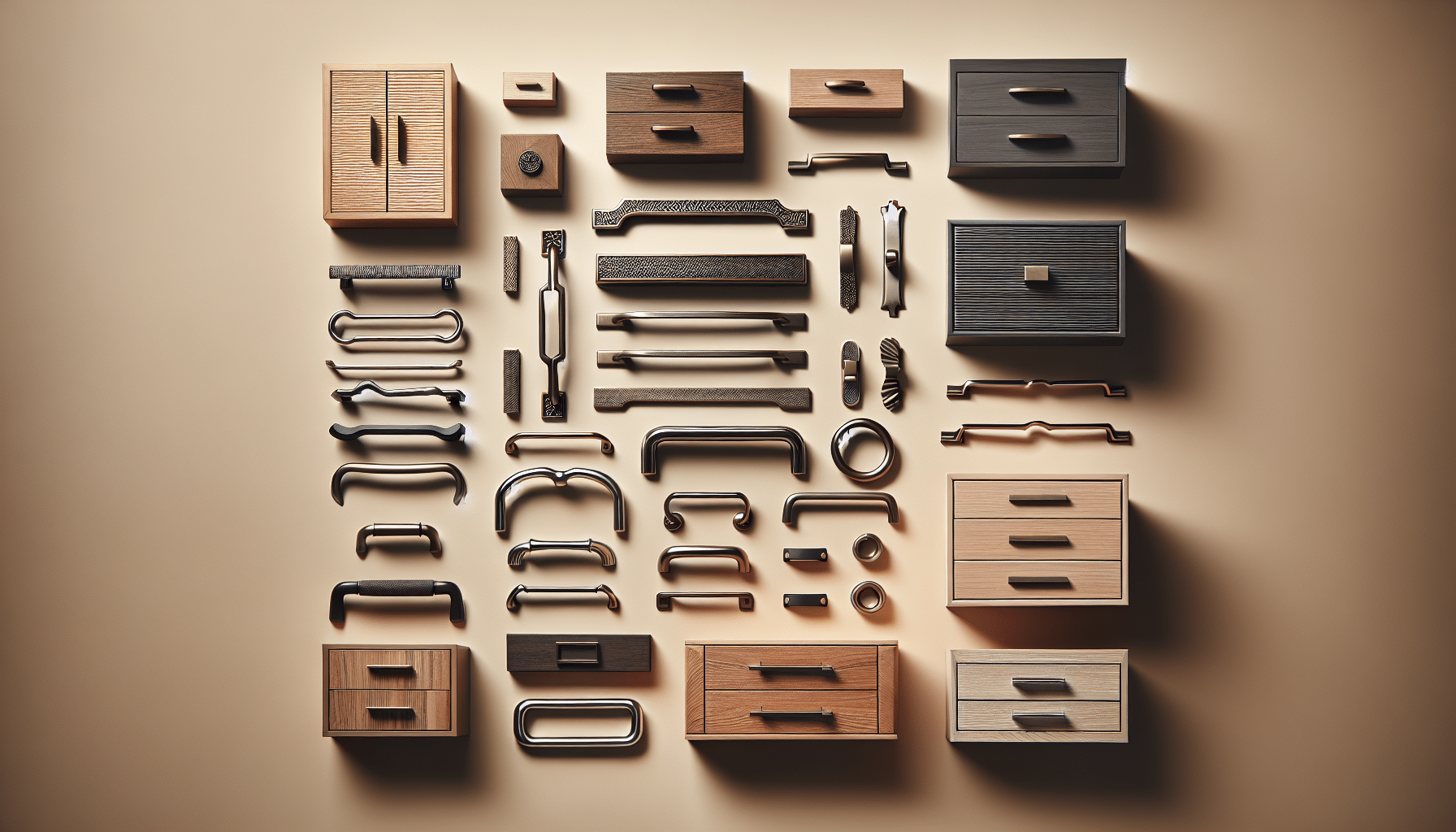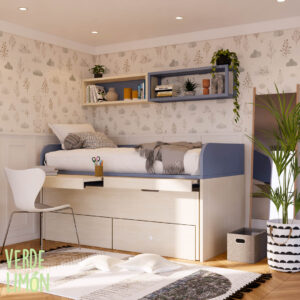In the world of interior design, details make all the difference. Furniture handles, although often overlooked, play an essential role in the functionality and aesthetics of any space. In this context, various types of handles are available in the market, each with its own style, shape, and material, all of which can significantly change the appearance of a piece of furniture.
One of the most common styles is the knob handle, which, with its round shape, adds a classic and elegant touch. On the other hand, bar handles are a popular choice in modern and minimalist settings, thanks to their elongated design that makes it easier to open doors and drawers. For those looking for a more rustic or vintage aesthetic, ring handles evoke an old-fashioned style, often associated with solid wood furniture. In addition, magnetic handles have gained popularity for their functionality and clean design, becoming an ideal option for kitchens and contemporary furniture.
Choosing the right handle is not only based on appearance, but also on functionality. It is crucial to consider the intended use of the furniture. In high-traffic areas or where there are children, it is recommended to opt for safe and sturdy handles. In these cases, recessed handles are an excellent alternative, as they minimize the risk of accidental snagging.
Another important aspect when selecting handles is the material. The most common ones are stainless steel, wood, and plastic. Stainless steel stands out for its durability and corrosion resistance, making it a practical choice for kitchens and bathrooms. Wood, on the other hand, offers a warm and inviting finish, ideal for Nordic or rustic-style furniture. Plastic handles may be more affordable and versatile, though they tend to have a shorter lifespan.
Color and finish are also determining factors in the choice of handles. Matte finishes are trendy and perfect for those seeking a modern and sophisticated aesthetic, while glossy finishes can add a touch of glamour to any piece of furniture. The choice of color should complement the rest of the decor, creating visual harmony in the space.
Finally, it is essential not only to focus on handles as decorative elements, but also to consider ergonomics. A handle that is comfortable to touch and easy to use can significantly improve the interaction with the furniture.
In conclusion, furniture handles are not just simple opening mechanisms; they are elements that contribute to the style and functionality of a space. Knowing the different types available and considering aspects such as use, material, color, and ergonomics allows for informed decisions that enhance the design of furniture and ultimately, the home.
Referrer: MiMub in Spanish











